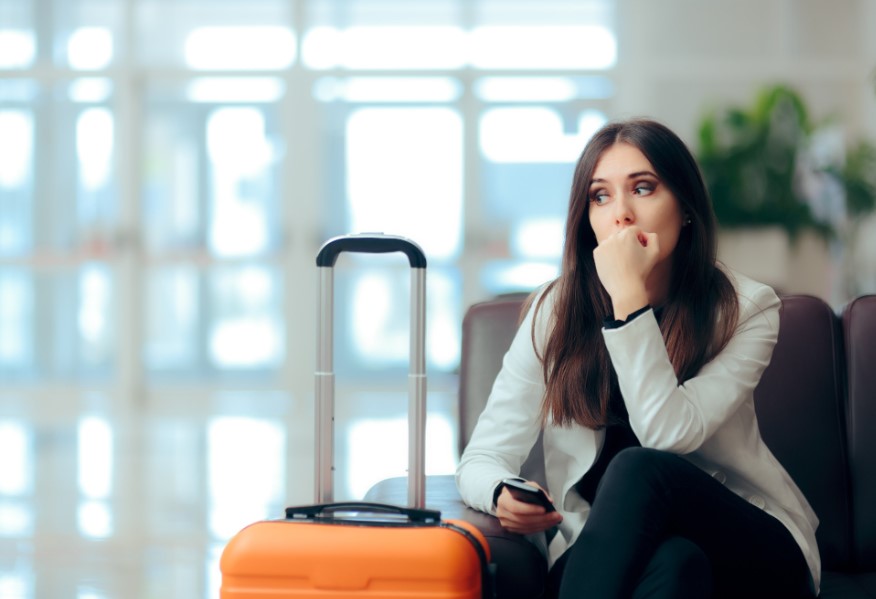Did you know that approximately 19 million Americans suffer from some form of phobia that range from mild to severe?
Although they are quite common, phobias can significantly impact a person’s life, making it difficult for them to carry out their daily routine. While certain phobias come and go for most people, others stick. These chronic phobias can severely impact your life and overall happiness.
Have you discovered that you have a fear that affects your life?
If so, you might be wondering how to cure phobias. Keep reading to learn about some of the most common phobias and tips for combating them.
Understanding Phobias
Phobias are a type of anxiety disorder that causes an individual to experience an excessive or irrational fear of a specific object, situation, or activity. Phobias can be triggered by a variety of factors, including past traumatic experiences, genetics, and brain chemistry.
When an individual with a phobia encounters their trigger, they may experience intense physical and emotional symptoms, including:
- Rapid heartbeat
- Shortness of breath
- Sweating
- Trembling
- Dizziness or lightheadedness
- Nausea or stomach upset
- Fear of losing control or going crazy
- Fear of dying
They can be categorized into three types: specific phobias, social phobias, and agoraphobia.
Specific Phobias
Specific phobias are the most common type of phobia, affecting around 7% of the population. These phobias are irrational fear of specific things or situations, such as spiders, snakes, heights, or flying. People with specific phobias often go to great lengths to avoid the object of their fear, leading to significant disruptions in their daily lives.
Social Phobias
Social phobias are an intense fear of being judged or scrutinized by others. People with social phobias often avoid social situations, leading to social isolation and difficulty making friends. Social phobias can also lead to physical symptoms, such as sweating, blushing, or trembling.
Agoraphobia
Agoraphobia is an intense fear of being in places or situations where escape might be difficult or embarrassing, or where help may not be available if something goes wrong. People with agoraphobia often avoid crowded places, such as shopping malls or movie theaters, and may become housebound.
These types of phobias can develop in childhood or later in life, and they can be caused by genetic, environmental, or psychological factors.
Common Types of Specific Phobias
There are many different types of phobias, each with its own unique set of triggers and symptoms. Some of the most common phobias include:
Arachnophobia: Fear of Spiders
Arachnophobia is one of the most common phobias worldwide, affecting up to 30% of people. The fear of spiders often stems from a traumatic experience in childhood, although it can also be a learned response from others.
Acrophobia: Fear of Heights
Acrophobia is the fear of heights and is common among many people. This fear can be triggered by a traumatic experience, such as falling from a height, or it can be a learned response.
Claustrophobia: Fear of Confined Spaces
Claustrophobia is the fear of being in small, enclosed spaces. This fear can be triggered by a traumatic experience, such as being trapped in an elevator, or it can be a learned response.
Mysophobia: Fear of Germs
Mysophobia is the fear of germs and is common among many people. This fear can be triggered by a traumatic experience, such as getting sick from a virus, or it can be a learned response.
Trypanophobia: Fear of Needles
Trypanophobia is a fear of needles or injections, affecting up to 10% of the population. People with trypanophobia may avoid medical treatments or experience intense fear or panic when confronted with needles.
Trypophobia: Fear of Holes
Trypophobia is a relatively new phobia and is the fear of holes, clusters of holes, or patterns with small holes. This phobia can cause an individual to feel nauseous, itchy, or even experience panic attacks.
Hemophobia: Fear of Blood
Hemophobia, or the fear of blood, is a common phobia that can manifest as a fear of blood being drawn or the mere sight of blood. People with hemophobia may experience panic attacks, dizziness, nausea, and excessive sweating when confronted with blood or needles.
Necrophobia: Fear of Death or Dead Things
Necrophobia, fear of death or dead things, is one of the most common fears or phobias. It is especially common among children who are sensitive to the idea of death or mortality, but it can also be found among adults too.
Treatment Options
The good news is that phobias are highly treatable. Phobia treatment options include therapy, medication, and self-help strategies.
Cognitive-Behavioral Therapy (CBT)
Cognitive-behavioral therapy is a type of therapy that focuses on changing negative thought patterns and behaviors. CBT is an effective treatment for phobias and generalized anxiety. It can help individuals to overcome their fears.
During CBT, individuals learn coping strategies, such as relaxation techniques and exposure therapy, which help them to manage their phobia. Check here to find more on generalized anxiety and how CBT can help.
Exposure Therapy
Exposure therapy is a type of therapy that involves exposing individuals to their phobia in a controlled environment. Exposure therapy can help individuals gradually overcome their fear and reduce their anxiety. During exposure therapy, individuals may be exposed to their phobia through virtual reality simulations or in real-life situations.
Medication
Medication can also help treat phobias. Anti-anxiety medications, such as benzodiazepines, can help reduce the symptoms of anxiety associated with phobias.
However, these medications can be habit-forming and may cause side effects, such as drowsiness and dizziness. Antidepressants, such as selective serotonin reuptake inhibitors (SSRIs), can also be effective in treating phobias.
Mindfulness and Relaxation
Mindfulness is the practice of being present and aware in the present moment, without judgment. By focusing on each physical sensation, sound, and thought experienced at the moment, rather than fearing or judging what happens, mindfulness can reduce the intensity of fear or anxiety associated with phobias.
Relaxation techniques such as deep breathing and muscle relaxation can also rewire the brain to reduce the association between an individual’s fear and the object of the fear.
Understanding the Basics of Common Phobias
Common phobias can be treated and managed. Different forms of therapy, like cognitive-behavioral therapy, can help people to overcome their fears.
If you are suffering from a phobia, speak to a doctor or mental health professional about possible treatments. With the right help and continuous effort, you can conquer your fears! Take the first step towards freedom today.
Found this article useful? Browse around the rest of this section to make sure you catch the latest news.










